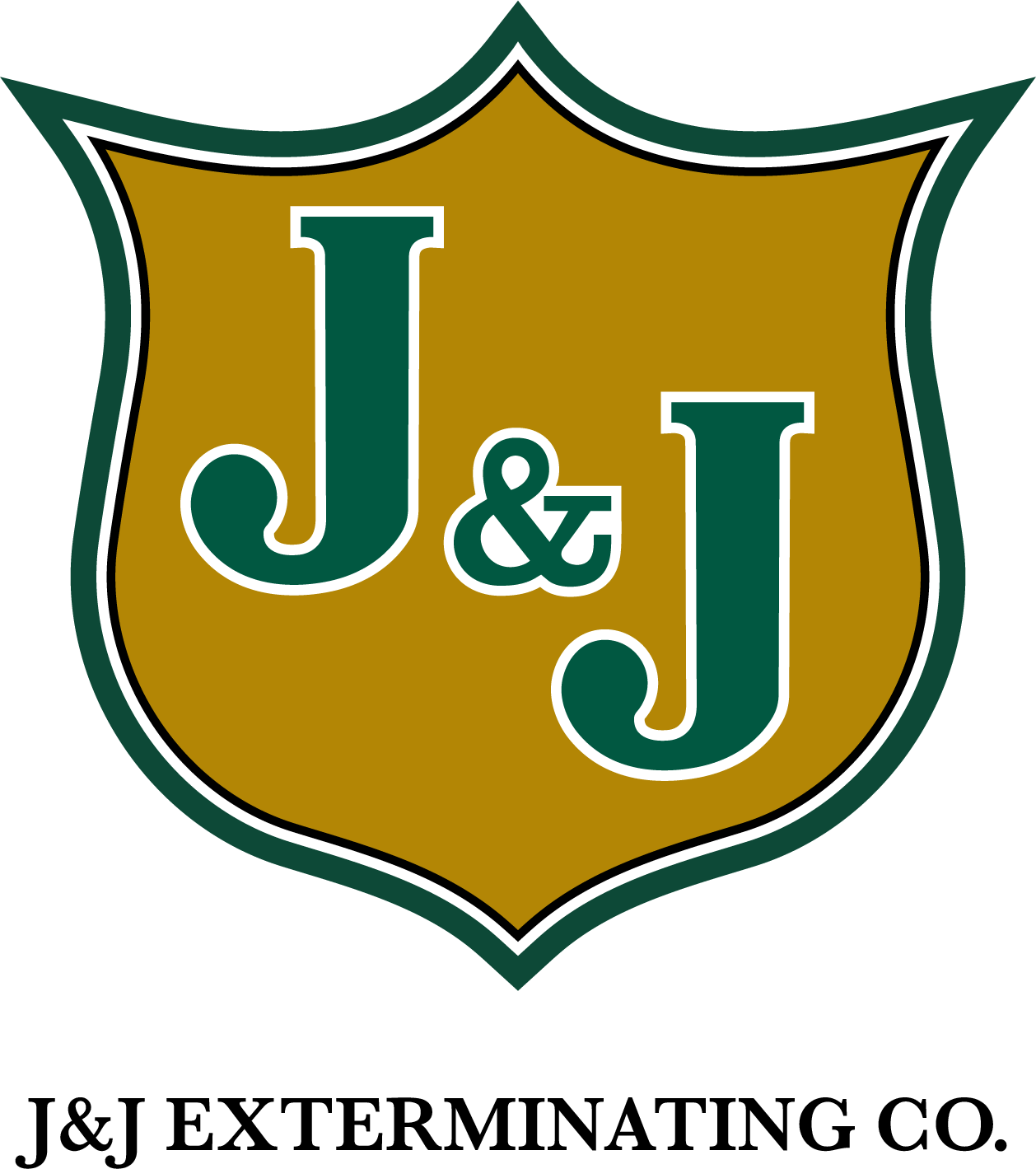There Are Two Types Of Formosan Subterranean Termite Infestations Within Structures, And Every Louisiana Homeowner Needs To Know How These Two Types Differ
Louisiana is home to both subterranean and drywood termite species, but the former is responsible for most infestations within houses and buildings in the state. The most destructive subterranean termite in the state is, of course, the invasive Formosan subterranean termite. There are many valid reasons for categorizing Formosans as “subterranean” termites, and the species’ common name literally contains the word “subterranean.” However, the Formosan subterranean termite exhibits certain foraging and nesting behaviors that are not consistent with the behaviors that characterize subterranean termites. Considering the tremendous degree of destruction that Formosan subterranean termites inflict upon structures in Louisiana, it is important for all residents to understand how Formosan subterranean termite infestations can differ radically from infestations established by all other subterranean termite species.
Subterranean termites maintain an underground habitat where foraging workers sometimes stumble upon timber-framed homes, and the destructive pests always invade homes from the ground soil. To avoid deadly contact with dry outside air, subterranean termites construct mud tubes in order to consistently travel between the structural wood that they consume and their ground nests where they acquire water from soil. The presence of vertically situated mud tubes on a home’s foundation is usually the first sign of a subterranean termite infestation, but the Formosan subterranean termite is the only subterranean species in the US that can establish isolated indoor carton nests that are not connected to the ground soil.
These carton nests are spongy in texture and are made from a mixture of water, soil and fecal matter that hardens as it dries. These nests are usually located on roofs, in attics, within wall voids and beneath floorboards on the upper levels of a structure, which is why they are usually referred to as “aerial nests.” Since isolated aerial nests are not connected to the moist ground soil where subterranean termites acquire water, these nests are always located in areas of a home where water can be acquired. These indoor water sources come from rainfall, pipe leaks, air conditioner vents or some other source. Formosan subterranean termites can enter the upper levels of a home by traveling along tree branches that make contact with a house’s exterior walls or roof. One study found that 25 percent of all Formosan subterranean termite infestations in single family homes are aerial infestations, and another study found that aerial infestations account for half of all Formosan subterranean termite infestations found in highrise buildings.
Have you ever found an active on inactive aerial Formosan subterranean termite nest within your home?
Tags: Termite Control, Termite Inspection, Termites




